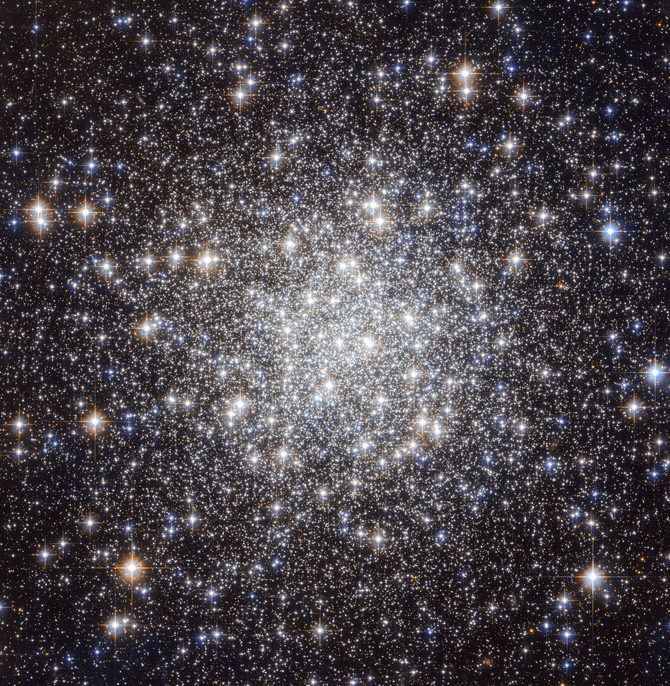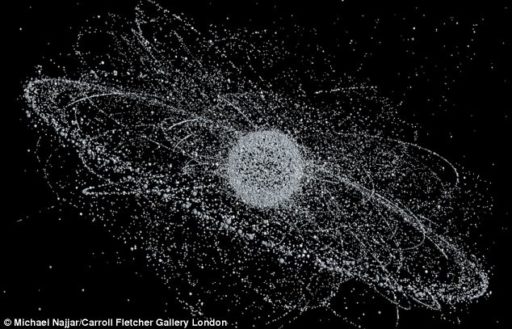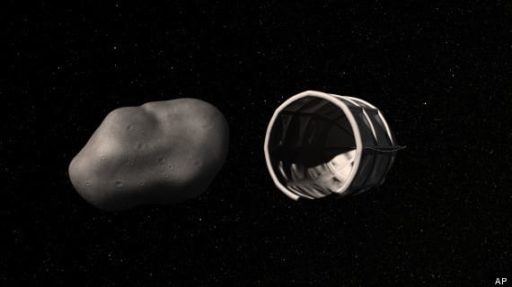Recently, NASA’s/ESA’s Hubble Space Telescope has captured a collection of ancient stars of the globular cluster Messier 56 (also known as M 56 or NGC 6779). The cluster is 33,000 light years away from Earth, and believed to be a nebula without any star when it was first discovered in 1779.
French astronomer Charles Messier first observed Messier 56 in 1779. The clusters were long been unseen because of the lack of powerful telescopes. At last, NASA’s/ESA’s Hubble has captured a superb image of that Messier 56. The image consists of visible and near-infrared exposures. The field of view is approximately 3.3 by 3.3 arcminutes.
Messier 56 is located close to the Galactic plane. Galactic plane is surrounded by enormous “field-stars.” The image of those ancient stars captured by Hubble easily represents the globular cluster and ancient stars contained within.
After deeply observing the image, the scientists have calculated that the age of Messier 56 is 13 billion years, which is approximately three times the age of the Sun. Now, astronomers are able to study the chemical composition of Messier 56 and characterize the properties of a cluster.
Source : NASA
[ttjad keyword=”camera-general”]




